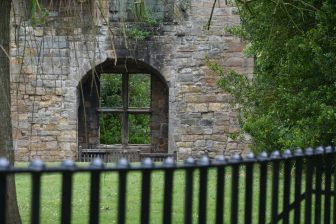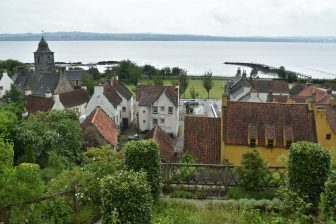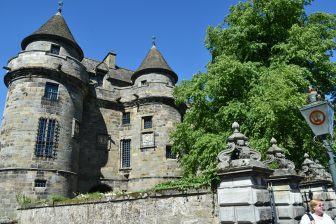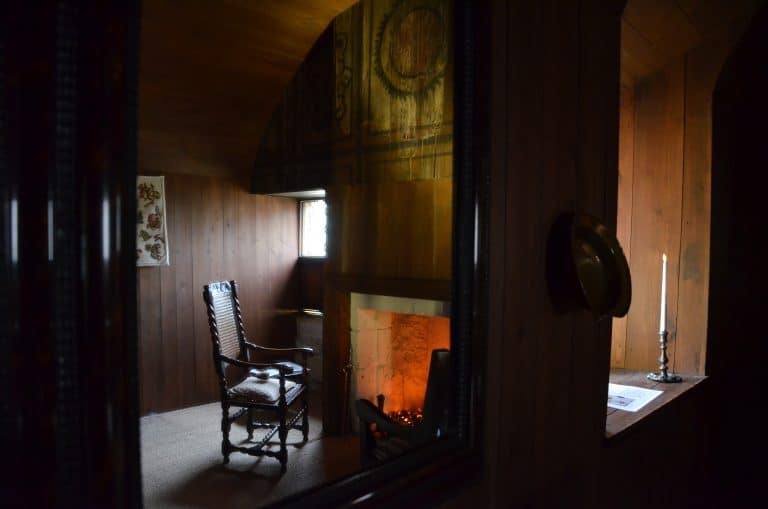
[June 2021] The highlights of Culross, a small town in the Fife region of Scotland, are the palace and the ruins of abbey.
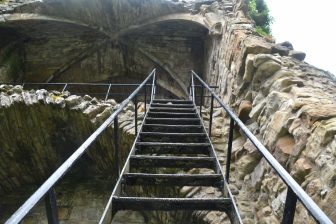
We couldn’t buy an admission ticket for the palace because they were limiting number of people , so we headed for the abbey ruins for the time being.
It’s free here and you can get in without any restrictions.
The guidebook states that the abbey was founded in 1217 as the Cistercian monastery.
When we were climbing the steep stairs or the ladder and looking at the old ceiling, my husband’s mobile phone rang.
It was from the ticket office of the palace, and she said, “There was a cancellation at 1 o’clock admission, so please come along.”
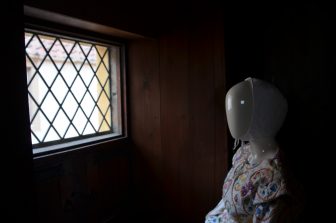
My husband had left his phone number for her to contact us in the unlikely event of a cancellation.
That worked!
Time was running out, so we hurried down the stairs and headed for the palace.
Therefore, our visit of the abbey ruins ended halfway.
Admission to Culross Palace was £ 10.50 (discount available for ages 60 and up).
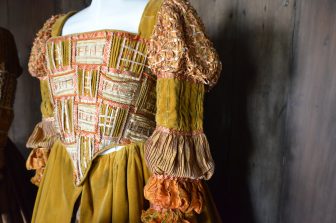
When we entered the site, a person in charge came out and told us to watch the video first.
This video gives you a good idea of the origins and history of the town.
Surprisingly, this lovely town once prospered with coal mines.
First, the monks who built the monastery discovered a coal mine in the 12th century, but the successful business was established in the latter half of the 16th century by a man named George Bruce.
For Mr. Bruce, the coal business was not the main purpose, but his intention was to use the coal here to produce salt.
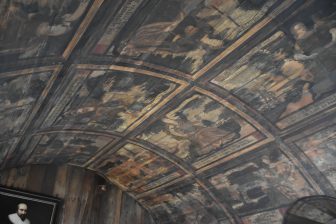
At that time, salt was an expensive commodity that was indispensable for food preservation.
Eventually, the coal mine itself turned out to be a good business, and he became more and more wealthy, and Mr. Bruce lived in this palace.
In addition, the town prospered because the leather tanning companies and blacksmiths started business here, and the location facing the Firth of Forth was convenient for transportation.
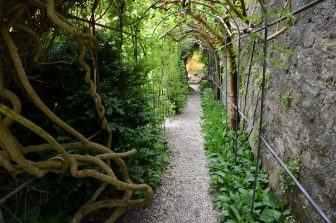
However, good luck did not last long, and it was said that the coal mine was destroyed by the great storm of 1625, and since then the town continued to decline.
As mentioned in the guidebook, this palace was not glittering and looked like a large wooden house.
The highlight was the ceiling on the top floor where the pictures are painted.
A mirror was placed so that the picture could be seen well.
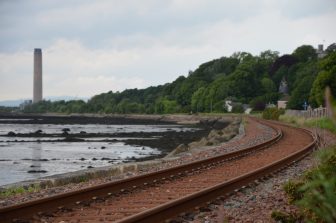
The yellow exterior of the palace was nice, but the inside was also lovely and worth seeing, and it was a very good experience to see how people lived at that time.
The garden was also beautiful.
After enjoying the palace, we headed to the Firth of Forth.
There was a railway track along the coast, so trains were also running, but I did not find any ways to come here by train, which means probably they do not have any stations around here.
There was a wooden pier.

It was quite unstable and dangerous, and it was thrilling to cross.
We saw some signs saying that they were collecting funds to build a stone pier.
But because it was an old wooden pier, the view here was so atmospheric.
If the weather was nicer, the impression would have been different, but the desolate scenery under the overcast sky was also beautiful.

